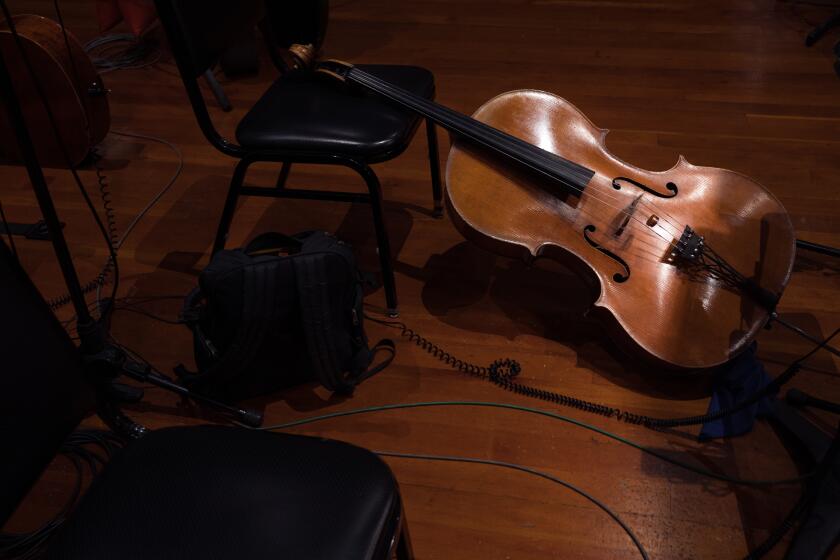Editorial: Taser killing of Reginald Thomas by Pasadena police shows the difficulty of ‘less than lethal’ response
Responding to an emergency call, an El Cajon police officer shot Alfred Olango last week with a Taser, a “less than lethal” stun gun that sends electric current into the body to disable the subject. But what was the point of that, critics ask, given that a second officer simultaneously shot Olango to death with a conventional firearm? If only El Cajon police had restricted their response to the Ugandan refugee to electronic stunning, wouldn’t he be alive today? And shouldn’t all officers responding to reports of distraught or mentally ill people simply use stun guns?
The limits of that argument became distressingly clear early Friday with the death of Reginald Thomas in Pasadena after police shot him with a Taser, restrained him and handcuffed him. If electronic stun weapons allow police a safe alternative to bullets, then by all means they should be tried. But they are still weapons, and suspects shot with them can still die, especially if they are already weakened by drugs or physical ailments.
Earlier this year, the Chicago Police Department took delivery on hundreds of stun weapons from Taser International under a $10-million contract that was part of the response to the controversy over Laquan McDonald, a 17-year-old shot to death by Chicago police. Officers responding to the scene called in for a Taser but none was available, and as the teenager walked down the middle of the street with a knife in his hand, one officer shot him 16 times.
Police need training in more options besides shooting, Tasing and subduing.
If officers had Tasers, McDonald might not have died, so less-than-lethal force should be on the menu of options that police forces must consider when updating their practices. But as the Thomas incident shows, Tasers are not a foolproof solution.
Besides, attempts at non-lethal uses of force are still uses of force that miss the need for a strategic rethinking of official response to someone not posing a direct threat, and especially to calls for help in dealing with a mentally ill or otherwise unstable person — or anyone who does not pose an immediate danger. That’s why many criticized the Chicago police and Mayor Rahm Emmanuel for their Taser strategy.
Olango’s sister called 911 because she wanted help for her brother, not because she expected him to be killed. The family members who called for help with Thomas likely wanted something similar. Dispatchers can respond only with what they have: armed police, trained to protect society from dangerous criminals.
Ideally, dispatchers would be able to send psychiatric emergency response teams with personnel specifically trained to deal with people under stress. But in many cities such teams are more theoretical than real. Building them, training them and deploying them require a level of resources that many smaller jurisdictions just don’t have. Even in Los Angeles, mental health response is at an early stage of development.
Besides, mental health professionals can’t know exactly whom or what they will encounter when they arrive on the scene. Video released by the El Cajon police shows Olango taking what appeared to police to be a shooting stance, as he held what could easily have been a gun — although it turned out to be simply a vaping device. In Pasadena, a caller told dispatchers Thomas had a knife.
Mental health workers cannot respond to such scenes alone, without police. Police themselves need training in more options besides shooting, Tasing and subduing. They must become experts in de-escalation, and their cities and counties must provide them the tools and training to build that expertise.
Follow the Opinion section on Twitter @latimesopinion and Facebook
More to Read
A cure for the common opinion
Get thought-provoking perspectives with our weekly newsletter.
You may occasionally receive promotional content from the Los Angeles Times.










